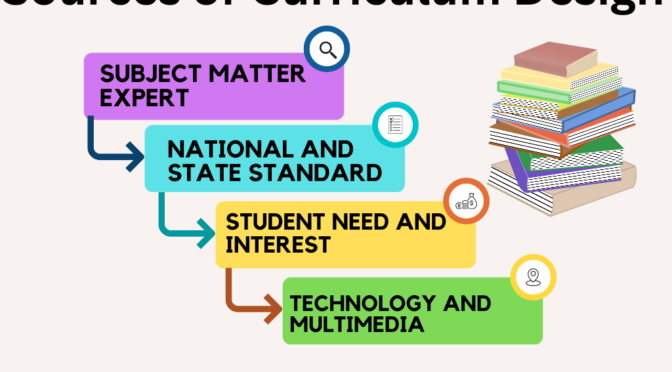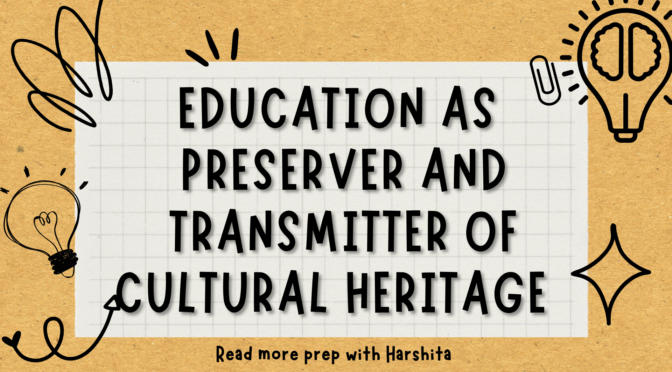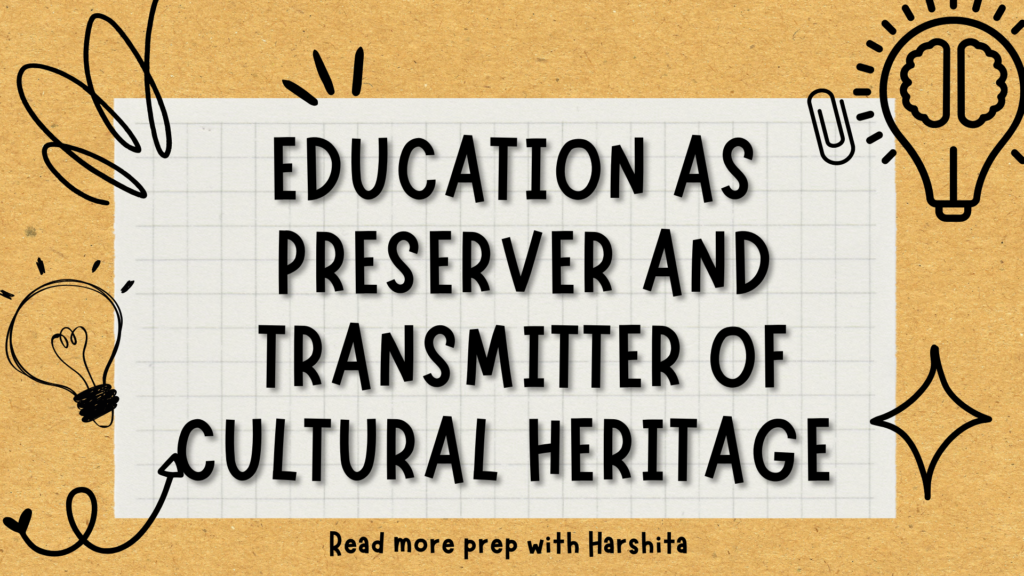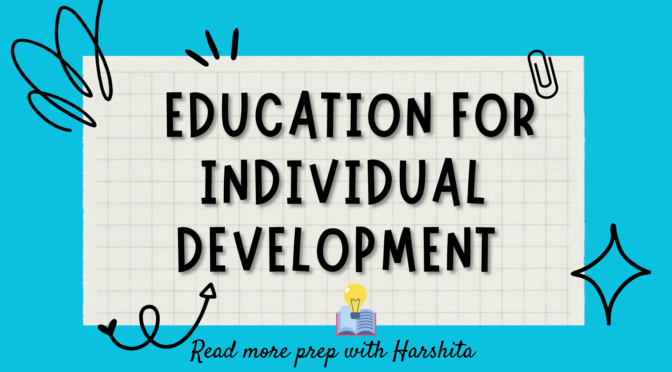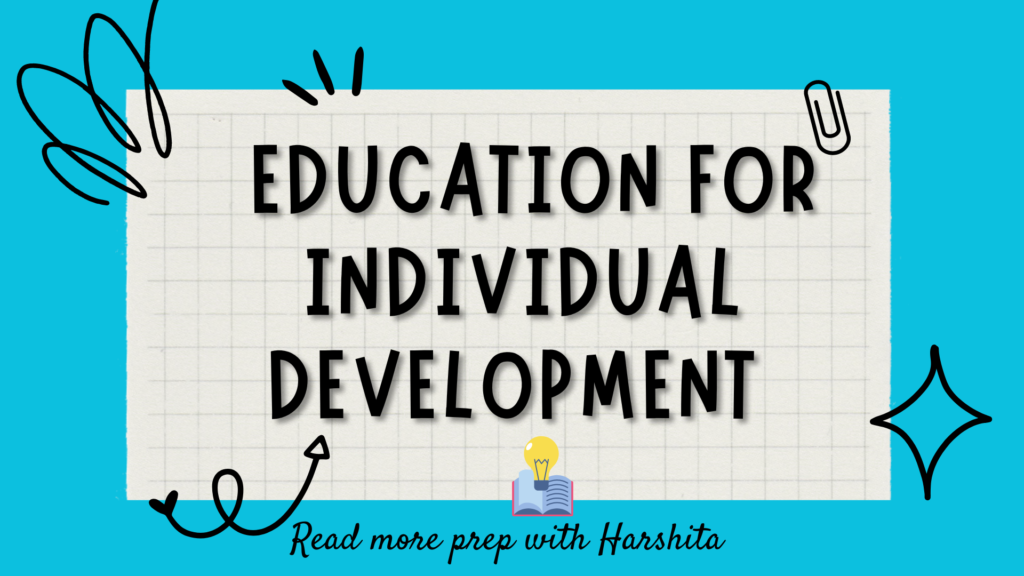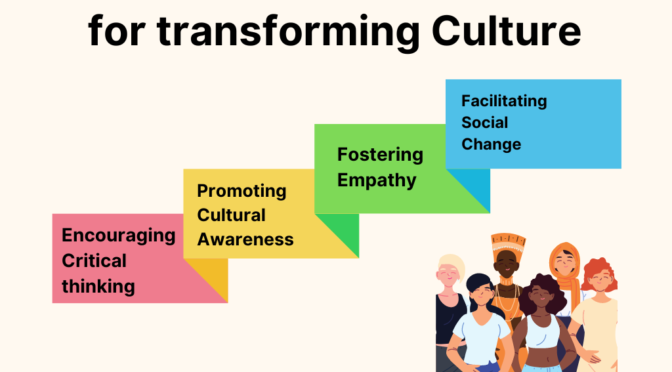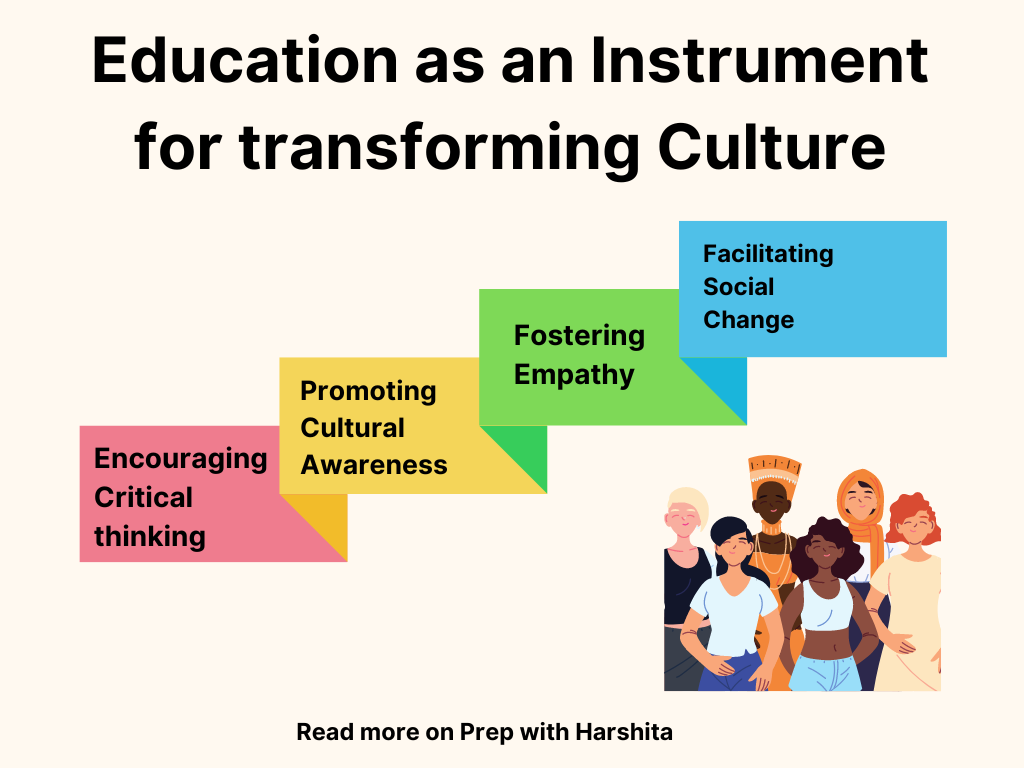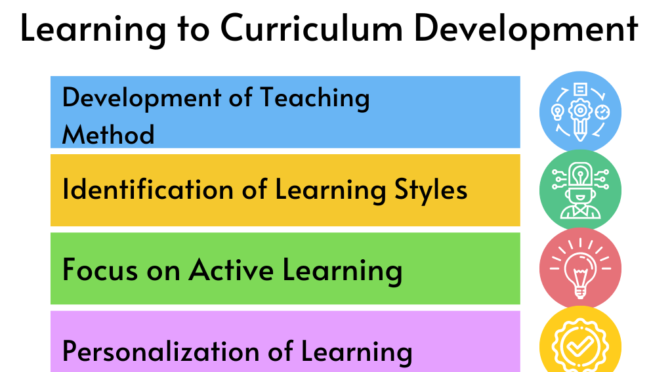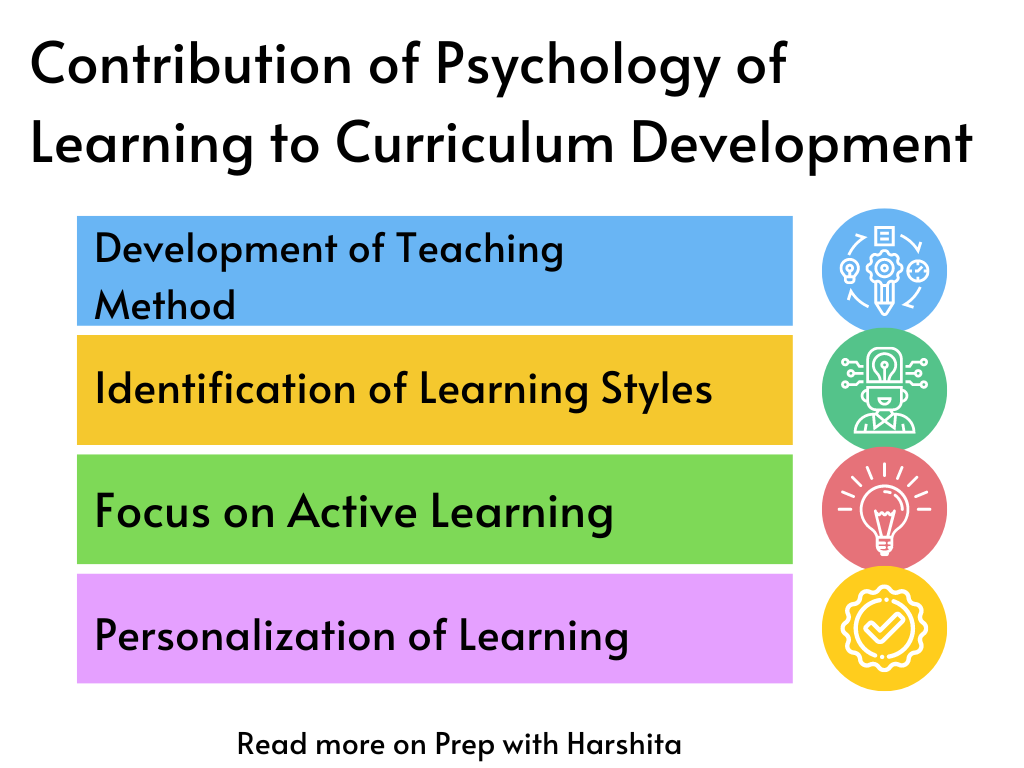Curriculum design is the process of developing a plan for teaching a particular subject or set of subjects. Effective curriculum design is crucial for ensuring that students acquire the knowledge and skills they need to succeed academically and professionally. To create a successful curriculum, educators must draw upon a variety of sources of curriculum design.
Here are the sources of curriculum design in detail:
- Subject matter experts:
Subject matter experts are individuals who possess specialized knowledge and expertise in a particular subject or field. These individuals may include teachers, professors, researchers, or professionals who work in a specific industry or sector. Subject matter experts can provide valuable input on what content should be included in a curriculum, as well as how it should be taught. They can also help educators stay up-to-date with the latest developments and trends in their field, ensuring that the curriculum is current and relevant.
- National and state standards:
National and state standards provide guidelines for what students should know and be able to do in a particular subject area at each grade level. These standards are developed by organizations such as the National Governors Association, the Council of Chief State School Officers, and the National Council for the Social Studies. Educators can use these standards to guide their curriculum design and ensure that they are preparing students for academic success. By aligning their curriculum with national and state standards, educators can ensure that their students are meeting the same academic benchmarks as students in other schools and districts.
- Student needs and interests:
Effective curriculum design takes into account the needs and interests of students. This includes their academic abilities, learning styles, and cultural backgrounds. By designing a curriculum that meets the needs and interests of students, educators can increase engagement and improve learning outcomes. For example, educators can use differentiated instruction to meet the needs of students with different learning styles, or incorporate cultural elements into the curriculum to make it more relevant and meaningful to students from diverse backgrounds.
- Pedagogical theories and models:
Pedagogical theories and models provide guidance on how to effectively teach a particular subject or set of subjects. For example, the constructivist approach emphasizes active learning and problem-solving, while the behaviorist approach emphasizes repetition and reinforcement. Educators can use these theories and models to guide their curriculum design and instructional practices. By selecting a pedagogical approach that aligns with their goals and objectives, educators can ensure that their curriculum is effective and engaging.
- Technology and multimedia resources:
Technology and multimedia resources can be powerful tools for enhancing curriculum design. Educators can incorporate digital resources, such as online textbooks, videos, and simulations, into their curricula to provide students with engaging and interactive learning experiences. They can also use educational software and apps to help students practice and reinforce key concepts. By integrating technology and multimedia resources into their curriculum, educators can create a more dynamic and engaging learning environment for their students.
In conclusion, effective curriculum design requires drawing upon a variety of sources, including subject matter experts, national and state standards, student needs and interests, pedagogical theories and models, and technology and multimedia resources.
By leveraging these sources, educators can create curricula that are effective, engaging, and tailored to the needs of their students.
Also Visit : Prep with Harshita
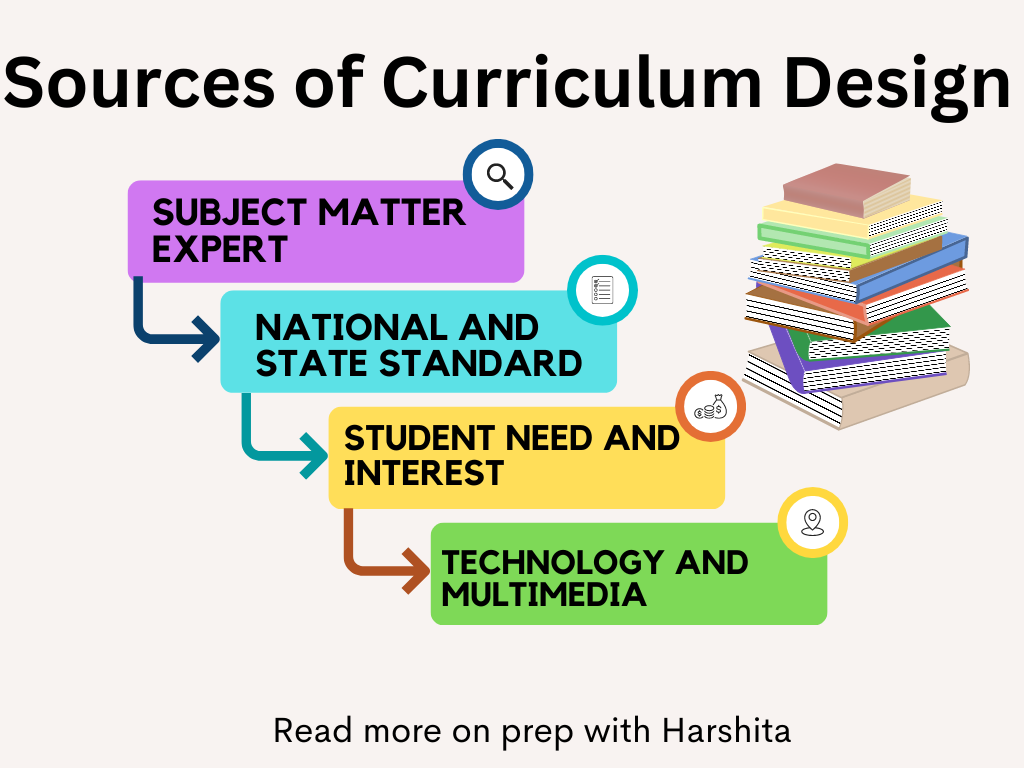
Also Read : Psychology and Curriculum Development

